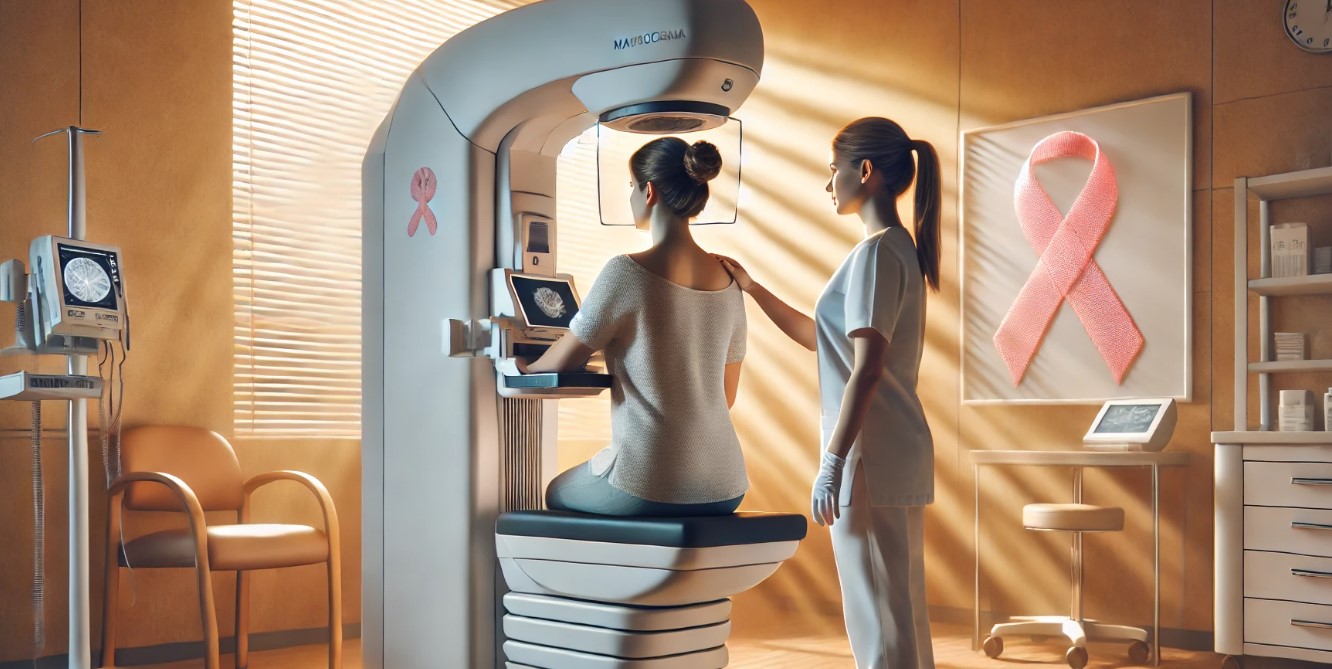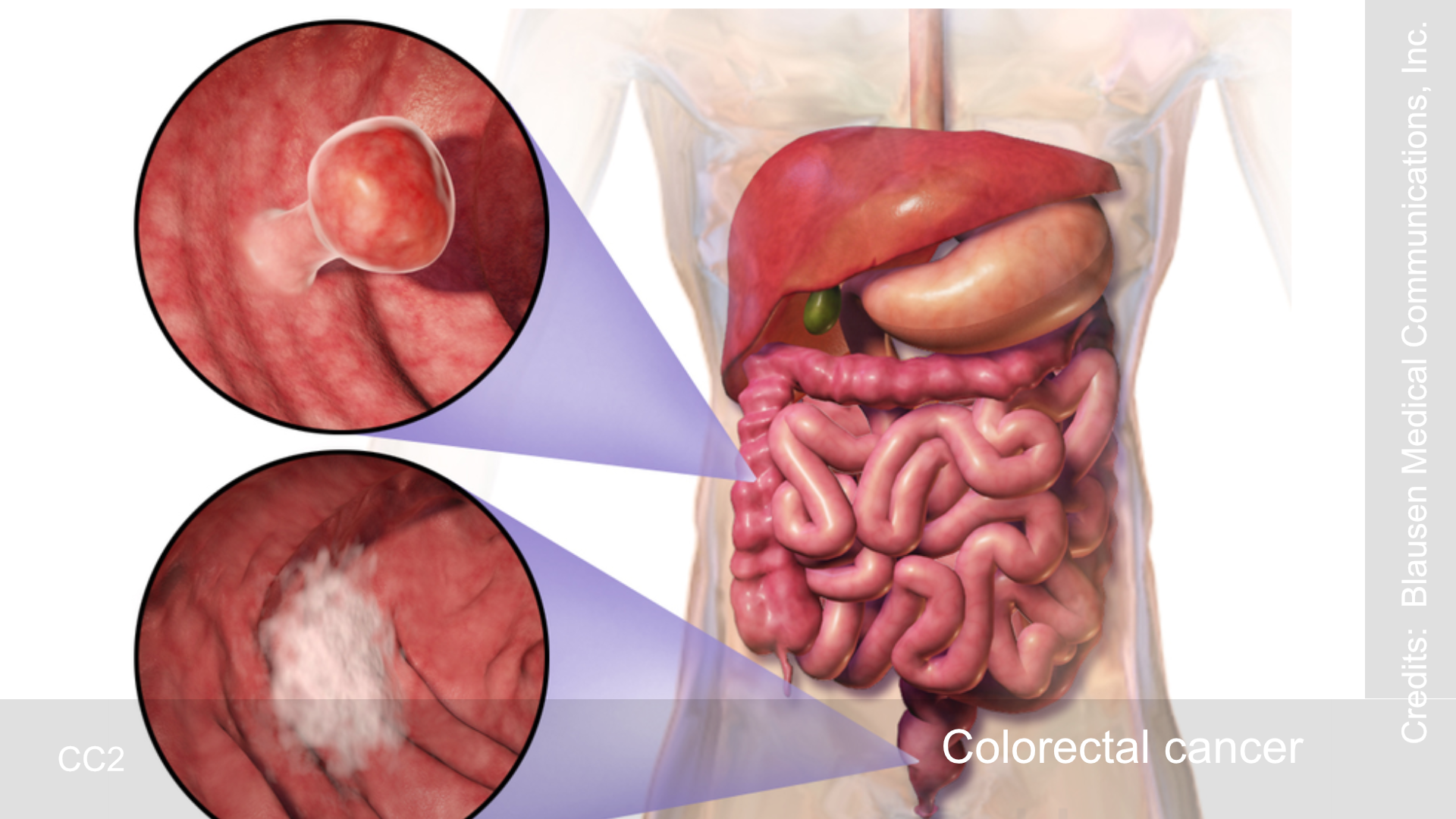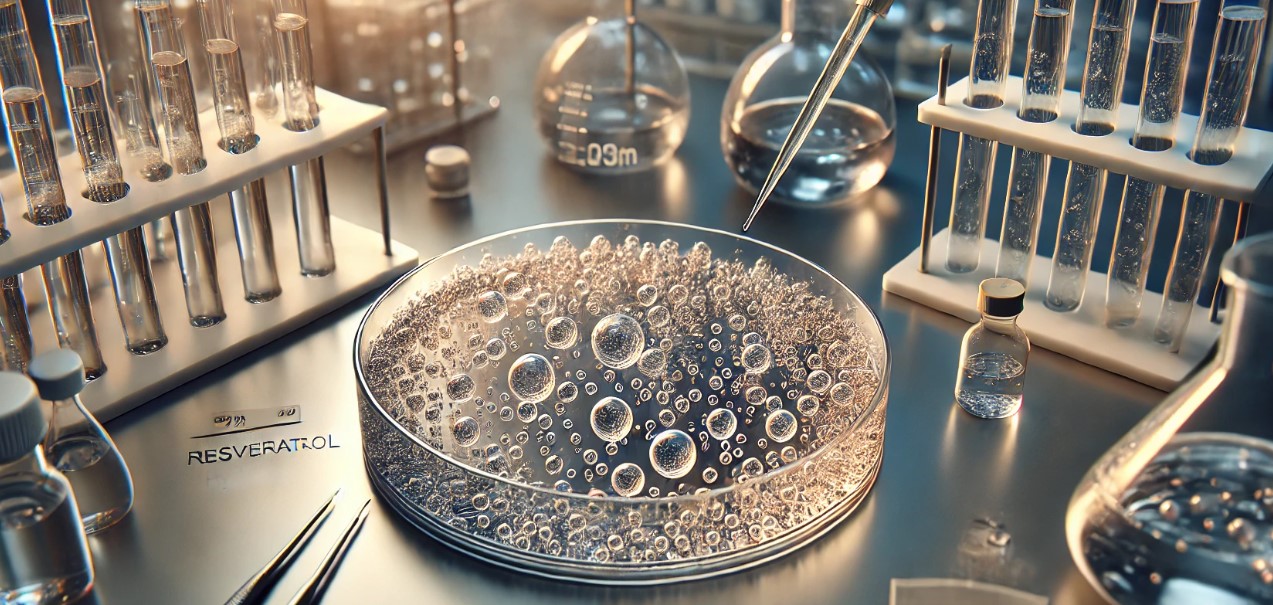Breast cancer is a pervasive health issue impacting women globally, with early detection playing a pivotal role in improving survival rates. The significance of routine screenings and being attuned to bodily changes cannot be overstated, as they provide vital opportunities for early diagnosis and successful treatment.
- Importance of Early Detection: Regular mammograms, especially for women over 40 or with a family history, are critical in detecting breast cancer in its early stages, increasing chances of successful treatment.
- Self-Awareness is Key: Women are encouraged to perform self-examinations and report any changes in their breasts to healthcare providers, as early symptoms can include lumps, changes in shape, or persistent pain.
- Additional Screening for High-Risk Groups: Women with dense breast tissue or higher risk may benefit from advanced imaging techniques like ultrasounds or MRIs to catch tumors that mammograms might miss.
- Inspiring Survivor Stories: Personal accounts from survivors like Jackie Bohline and Sara Pelissero emphasize the life-saving impact of early detection and proactive health management, regardless of age.
One of the most effective strategies in combating breast cancer is ensuring regular mammograms. Medical professionals across the board advocate for annual screenings, particularly for women over the age of 40 or those with a family history of breast cancer. These screenings can detect tumors that are too small to be felt, increasing the chances of catching the disease in its most treatable stages.
Jackie Bohline’s experience serves as a compelling reminder of the power of early detection. Diagnosed with an aggressive form of cancer at 40 during her first mammogram, Bohline’s timely diagnosis allowed for prompt treatment, significantly enhancing her prognosis. Her story resonates with many women, emphasizing the need for vigilance and proactive health management.
Experts from various health organizations stress the critical role of self-awareness in breast cancer detection. Women are encouraged to perform regular self-examinations and report any unusual changes to healthcare providers immediately. Unfamiliar lumps, changes in breast shape or size, and persistent pain should not be ignored, as they could be early indicators of breast cancer.
Beyond mammograms, additional imaging tests like ultrasounds or MRIs may be recommended for women at higher risk. These advanced screenings provide more detailed views and can be particularly beneficial for women with dense breast tissue, where mammograms might not be as effective.
The journey of survivors like Sara Pelissero further highlights the importance of early detection. Diagnosed at a young age, Pelissero’s intuition and attention to her body’s signals led to an early diagnosis and successful treatment. Her story underscores the message that age should not be a barrier to seeking medical advice and pursuing necessary screenings.
While the risk of breast cancer cannot be entirely eradicated, the emphasis on early detection remains a cornerstone of effective management. By combining regular screenings with healthy lifestyle choices, women can significantly enhance their chances of early diagnosis and successful treatment.
Early detection is a powerful tool in the fight against breast cancer. With continued awareness and proactive health measures, the potential for improved survival and quality of life is within reach for many women. Encouraging open dialogue and education about breast health can empower individuals to take charge of their well-being and make informed decisions about their health.
Breast Cancer: Causes, Risk Factors, and Treatment Options
Breast cancer is the most common cancer among women worldwide, accounting for 25% of all cancer cases in women. This disease develops when cells in the breast tissue begin to grow uncontrollably, forming a tumor that can invade nearby tissues or spread to other parts of the body. While men can develop breast cancer, it is significantly more common in women. In 2018 alone, breast cancer resulted in approximately two million new cases and caused 627,000 deaths globally, making it a critical public health concern.
Signs and Symptoms
The early signs of breast cancer can vary, but the most common symptom is a lump in the breast. Other signs to watch for include:
- Changes in breast shape or size
- Skin dimpling
- Fluid discharge from the nipple
- A newly inverted nipple
- Red or scaly patches of skin
- Milk rejection (inability to breastfeed)
In cases where the disease has spread (metastasized), additional symptoms may include:
- Bone pain
- Swollen lymph nodes
- Shortness of breath
- Yellowing of the skin (jaundice)
Risk Factors
Several factors can increase the risk of developing breast cancer. These include:
- Obesity and lack of physical exercise
- Alcohol consumption
- Hormone replacement therapy (HRT) during menopause
- Exposure to ionizing radiation
- Early menstruation and late childbirth or not having children
- Older age
- Personal or family history of breast cancer
Approximately 5-10% of breast cancer cases are linked to inherited genetic mutations, such as mutations in the BRCA1 and BRCA2 genes. Women with these mutations have a higher risk of developing breast and ovarian cancers.
Types of Breast Cancer
Breast cancer most commonly begins in the milk ducts (ductal carcinomas) or lobules (lobular carcinomas), which are the structures responsible for producing milk. There are also more than 18 other subtypes, such as ductal carcinoma in situ (DCIS), a pre-invasive condition that may develop into invasive cancer if left untreated.
Diagnosis
The diagnosis of breast cancer is confirmed through a biopsy, where a sample of suspicious tissue is examined under a microscope. Once diagnosed, further tests like imaging scans are conducted to determine if the cancer has spread beyond the breast, which helps guide treatment decisions.
Breast Cancer Screening and Prevention
Early detection of breast cancer can significantly improve survival rates. Screening methods, such as mammograms, are used to detect breast cancer in its early stages, often before symptoms appear. Although mammographic screening has proven effective, it is not without controversy. A 2013 Cochrane review raised concerns about false positives, where women test positive for breast cancer but do not actually have the disease. However, a 2009 review by the U.S. Preventive Services Task Force found that mammograms were beneficial for women aged 40 to 70 and recommended biennial screening for women aged 50 to 74.
Preventive Measures
For women at high risk of developing breast cancer, preventive measures can include:
- Medications such as tamoxifen or raloxifene, which can reduce the risk.
- Prophylactic mastectomy (surgical removal of both breasts) in some cases to reduce the risk of breast cancer.
Treatment Options
Once breast cancer is diagnosed, treatment options depend on the type, stage, and extent of spread. Available treatments include:
- Surgery: This can range from breast-conserving surgery (removal of the tumor while preserving the breast) to mastectomy (complete removal of one or both breasts). In some cases, breast reconstruction is performed either during or after surgery.
- Radiation therapy: High-energy rays are used to destroy cancer cells that remain after surgery.
- Chemotherapy: Drugs are used to kill cancer cells, especially in cases where the cancer has spread or is aggressive.
- Hormonal therapy: For cancers that are hormone receptor-positive, medications that block estrogen or progesterone can help slow or stop cancer growth.
- Targeted therapy: Some treatments target specific molecules involved in cancer growth, such as HER2-positive breast cancer, improving outcomes for certain patients.
Prognosis and Survival Rates
Outcomes for breast cancer vary based on factors like the type of cancer, extent of disease, and patient’s age. In developed countries like the United States and England, the five-year survival rate ranges between 80% and 90%, thanks to early detection and advanced treatment options. In contrast, survival rates are lower in developing countries, where access to medical care and screening is often limited.
Breast Cancer in Special Populations
While breast cancer is predominantly a disease of women, men can also develop breast cancer, although it is more than 100 times more common in women. For transgender individuals, the risk varies based on hormone therapy: transgender women on gender-affirming hormone therapy have a higher risk than cisgender men but a lower risk than cisgender women, while transgender men on hormone therapy have a lower risk than cisgender women.





